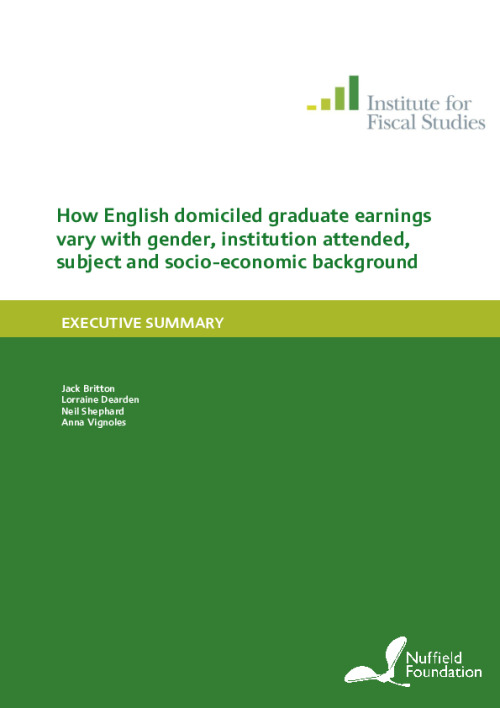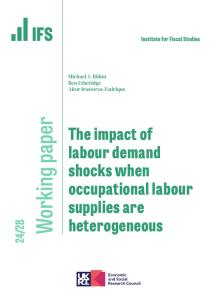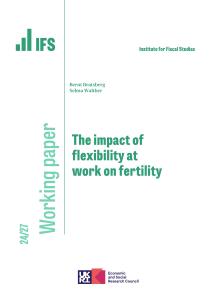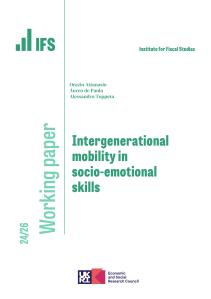Download summary | Download full report
This Executive Summary accompanies IFS working paper (W16/06) which uses administrative data to measure how the earnings of English graduates around 10 years into the labour market vary with gender, institution attended, subject and socioeconomic background. The paper finds that graduates from wealthier family backgrounds earn significantly more after graduation than graduates from poorer backgrounds, even after completing the same degrees from the same universities. Those studying medicine and economics earn far more than those studying other degree subjects, even taking their higher A-level achievement into account. There is also considerable variation in graduates’ earnings depending on the university attended. These are some of many findings from this research which looks at the link between earnings and students’ background, degree subject and university attended.
Key Findings:
- Graduates are much more likely to be in work, and earn considerably more than nongraduates. For example, non-graduates were twice as likely to have no earnings as were graduates ten years on (30% against 15% for the cohort commencing their studies in 1999 and observed in 2011/12). Partly as a result of this, half of non-graduate women had earnings below £8,000 a year at around age 30. Only a quarter of female graduates were earning less than this. Half were earning more than £21,000 a year.
- Graduates from richer family backgrounds earn significantly more after graduation than other graduates, even after completing similar degrees from similar universities. The average gap in earnings at the median between students from higher-income households and the rest was £8,000 (£5,300) a year for males (females), ten years after graduation. Even after taking account of subject studied and the characteristics of the institution of study, the average student from a higher-income background still earned about 10% more than the other students at the median. Based on a simple measure of parental income, we see that students from higher income families have median earnings which are around 25% more than those from lower income families. Once we control for institution attended and subject chosen, this premium falls to around 10%.
- There are particularly big differences in graduates’ earnings from different universities. This is in large part driven by differences in entry requirements, but the numbers are very striking. For instance, more than 10% of male graduates from LSE, Oxford and Cambridge were earning in excess of £100,000 a year ten years after graduation, with LSE graduates earning the most. LSE was the only institution with more than 10% of its female graduates earning in excess of £100,000 a year ten years on. Much of the considerable variation in earnings observed across different institutions is explained by student background and subject mix.
- Differences in earnings according to subject studied are also very substantial. We fi nd subjects like Medicine, Economics, Law, Maths and Business deliver substantial premiums over typical graduates, while disappointingly, Creative Arts delivers earnings which are roughly typical of non-graduates.











